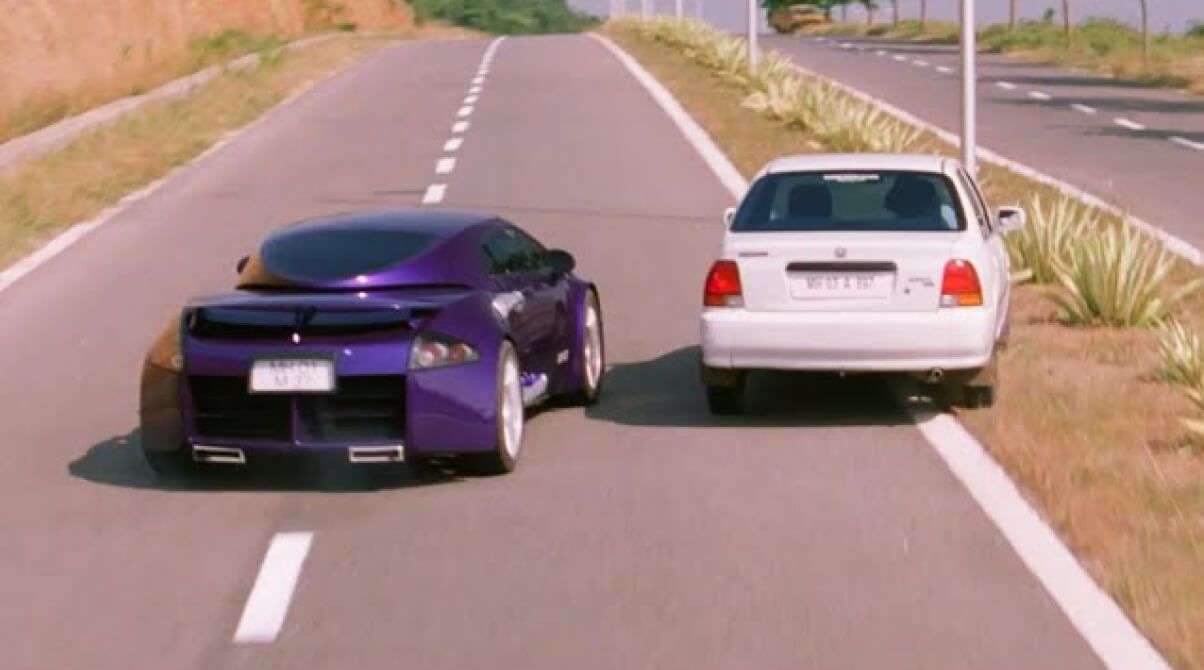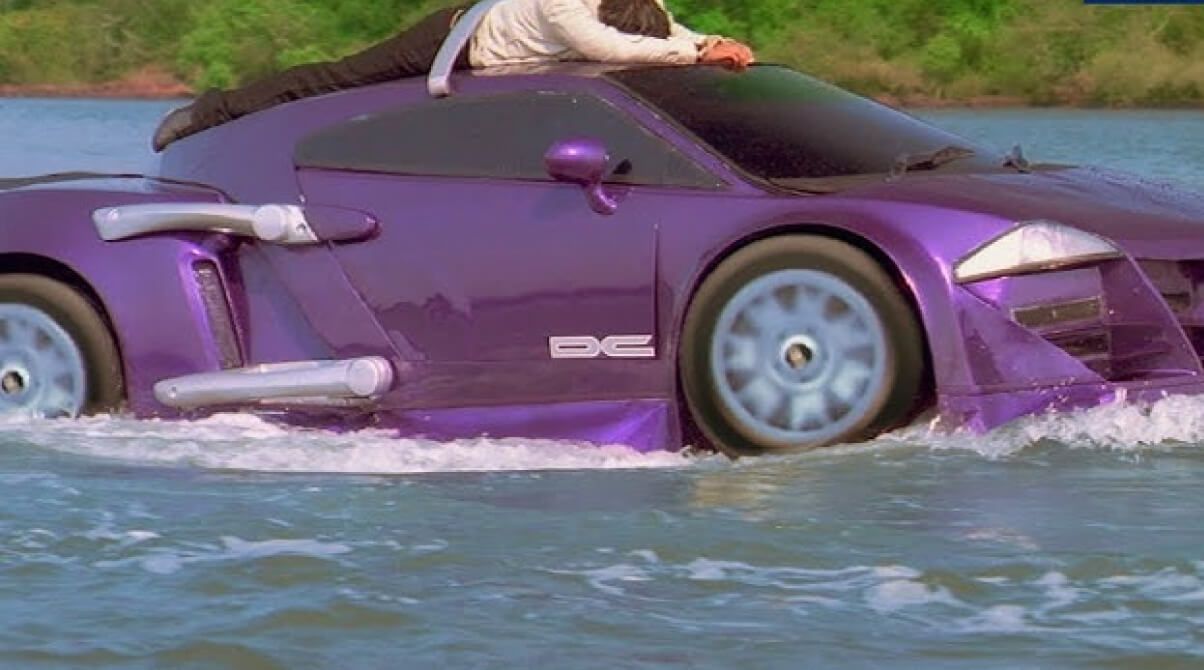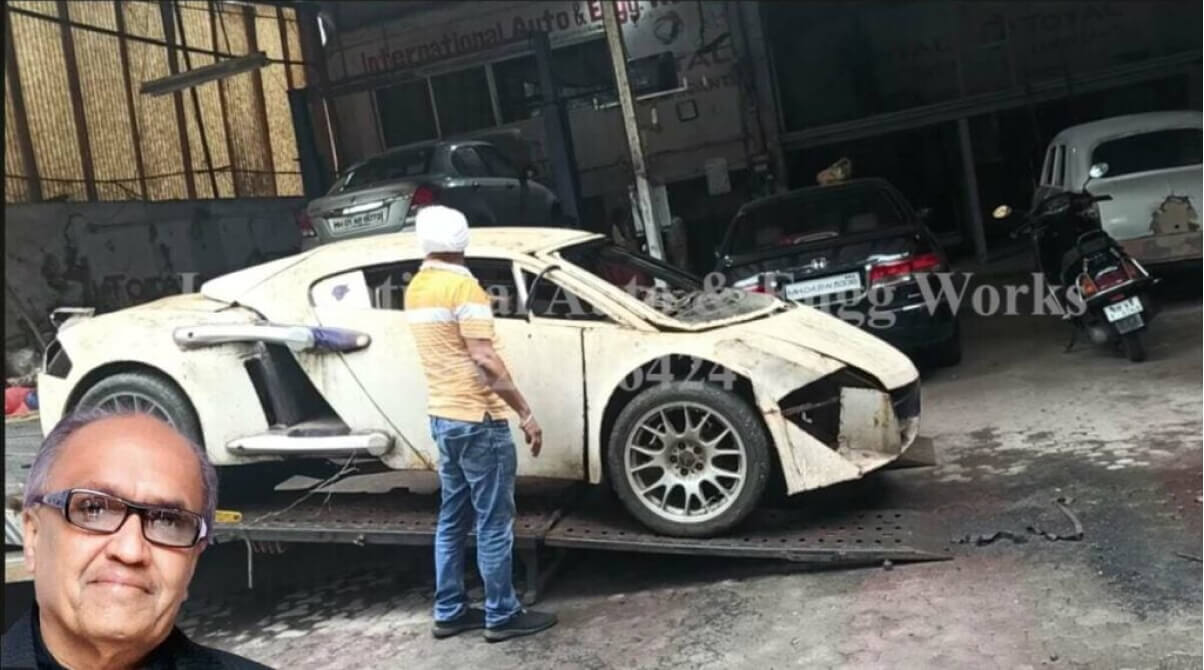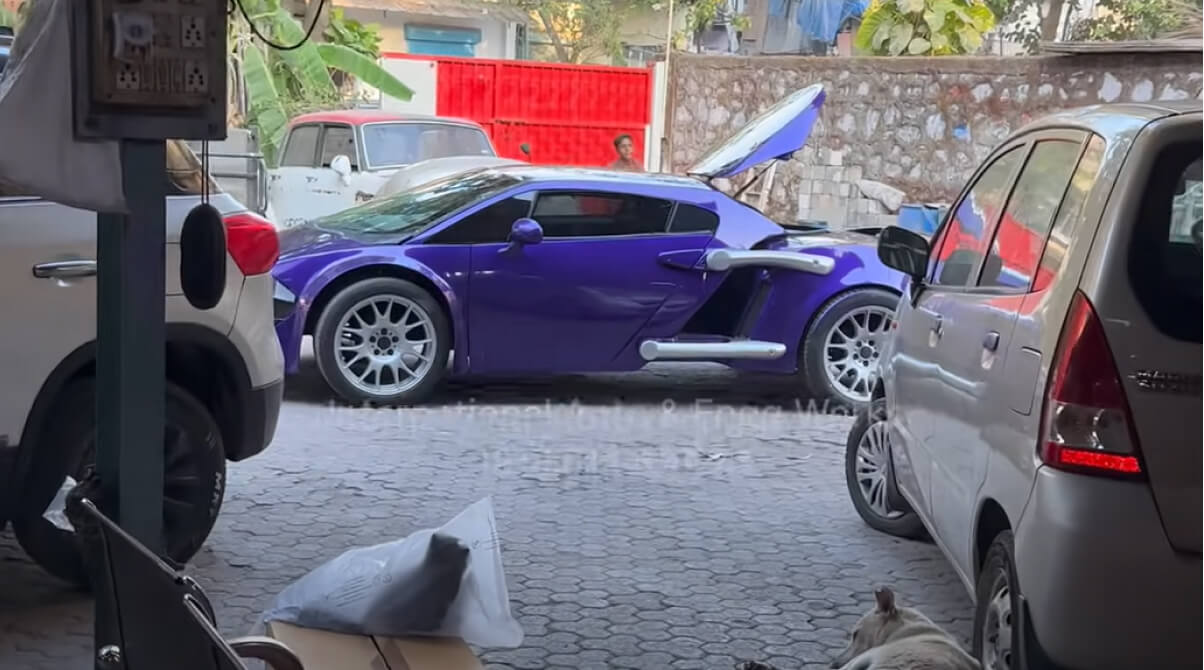The first ADAS car in India had a hilarious level 5 ADAS system
Published On 15/12/2024, 9:07:01 am Author Nitesh YadavNo, we aren’t talking about Advanced Driver Assistance Systems. We're talking about the Ajay Devgan Aatma System from the 2004 movie Tarzan: The Wonder Car. Let’s discuss this nostalgic masterpiece and learn where it is now

The most special thing about Tarzan: The Wonder Car wasn’t the cast, the story, or even Ajay Devgan’s atma. It was the car itself. Let’s be honest—how many of us even remember the lead actor’s real name? (Hint: It’s Vatsal Sheth.) That’s because the real hero was Tarzan, the sleek, futuristic ride that stole the show. This iconic car also put the spotlight on Dilip Chhabria, the maestro of car design. Long before names like Pratap Bose and Ramkripa Ananthan became prominent, Dilip Chhabria was the OG—setting the stage for India’s design legacy and proving that car design could be as glamorous as Bollywood itself.
Tarzan's ADAS vs rest of the ADAS

In the movie, Ajay Devgan’s character dies tragically (cue Bollywood-style emotional breakdown), but his soul doesn’t rest. Nope, it decides to inhabit his son’s retro-futuristic custom car. This wasn’t just a “thinking car”; it was a “feeling car”. Let’s break down the features of this revolutionary (and ridiculously hilarious) system:
Full Autonomy: Tarzan didn’t need drivers. It could show up uninvited to rescue you or trash your enemies — because why not? No training data, no LiDAR, just pure Rohit Shetty type Bollywood magic.
Emotionally Intelligent AI: Tesla might talk about emotional AI, but Tarzan was already there in 2004. It could sense its owner’s sadness, anger, or hunger (probably) and act accordingly. Emotional support? Check.
Revenge Mode:
Forget about lane changes. Tarzan had Badla Assist Mode. If someone messed with the car’s owner, Tarzan would go full vigilante, chase them down, and deliver justice faster than the Indian legal system.

Self-Healing Paint Job: Dents and scratches? Tarzan didn’t need a trip to the body shop. Its self-healing tech could fix everything. Meanwhile, we’re here in 2024, trying not to cry when a pigeon poops on our car.
Jokes apart, let’s be honest. The movie gave us childhood goosebumps, but watching it now makes you go, “Wait, what?” The science was... let's say, absent.
The most hilarious part? Tarzan was not just a car but also a plot enabler. Whenever the storyline got stuck, Tarzan rolled in like, “Don’t worry, bro, I got this.”
While Tarzan: The Wonder Car gave us a fictional version of ADAS (Ajay Devgan Atma System), it was nothing like the real-world Advanced Driver Assistance Systems we see today. Real ADAS relies on advanced technologies like cameras, sensors, radars, and AI to assist with tasks like braking, parking, and staying in lanes. Meanwhile, Tarzan needed none of that—it had Ajay Devgan’s atma. It wasn’t about automation; it was pure supernatural intervention. Real ADAS systems struggle with tricky situations like identifying roadblocks. Tarzan, on the other hand, created roadblocks if needed.
Modern ADAS is all about improving safety—preventing accidents, reducing human errors, and making roads safer. Tarzan? Let’s just say its core purpose wasn’t safety but badla. Whether it was avenging its owner or taking down villains, Tarzan operated on a personal vendetta mode.
Real ADAS systems rely on cutting-edge tech like LiDAR, GPS, and V2V communication. Tarzan was free from all this tech dependency. It was powered by Bollywood logic, where the rules of physics and engineering take a backseat to drama and action.
The legecy of Tarzan: The wonder car
Tarzan: The Wonder Car may not have made it to the Oscars, but it left a dent in our imaginations. It was India’s answer to ADAS before anyone even knew what ADAS was. Today, cars are loaded with sensors, cameras, and AI, but do they have the emotional range of Tarzan? Doubtful.
The movie might’ve been a wild ride (pun intended), but it was also ahead of its time. Who knows? Maybe one day, we’ll actually build cars that can avenge their owners. Until then, let’s cherish this gem and the Ajay Devgan Atma System for the pure nostalgia it brings.
Where is the car now?
The donor car for Tarzan: The Wonder Car was a Toyota MR2, specifically the second-generation (SW20) model. This iconic Japanese sports car served as the base for the heavily customized design we saw in the movie. Dilip Chhabria completely reimagined the car, adding a bold, aerodynamic body kit with sharp curves, scissor doors, and a futuristic grille. The original Toyota MR2 was unrecognizable by the time Tarzan hit the screens—it had transformed into a one-of-a-kind Bollywood superhero.

However, the story of Tarzan: The Wonder Car didn’t have a happy ending off-screen. The iconic car, which captured our imaginations in 2004, was later spotted abandoned on the streets of Mumbai. Despite its cinematic glory, the Tarzan car couldn’t escape reality. After the movie's release, it was put up for sale but failed to attract buyers, likely due to its impractical design and lack of everyday usability. Over time, this masterpiece by Dilip Chhabria became a forgotten relic, parked among the debris, losing its sheen, and slowly fading into obscurity.

The Taarzan – The Wonder Car might have been forgotten by many, but its loyal fan following kept its legacy alive. Among these fans is likely Mr. Kiranpal Singh Kalsi, the owner of Navi Mumbai-based International Auto & Engineering Works, who has taken on the monumental task of restoring this iconic car. A passionate car enthusiast, Kiranpal Singh Kalsi didn’t just see a rusting relic on the side of the road—he saw potential, nostalgia, and a chance to bring back a piece of cinematic history.
















